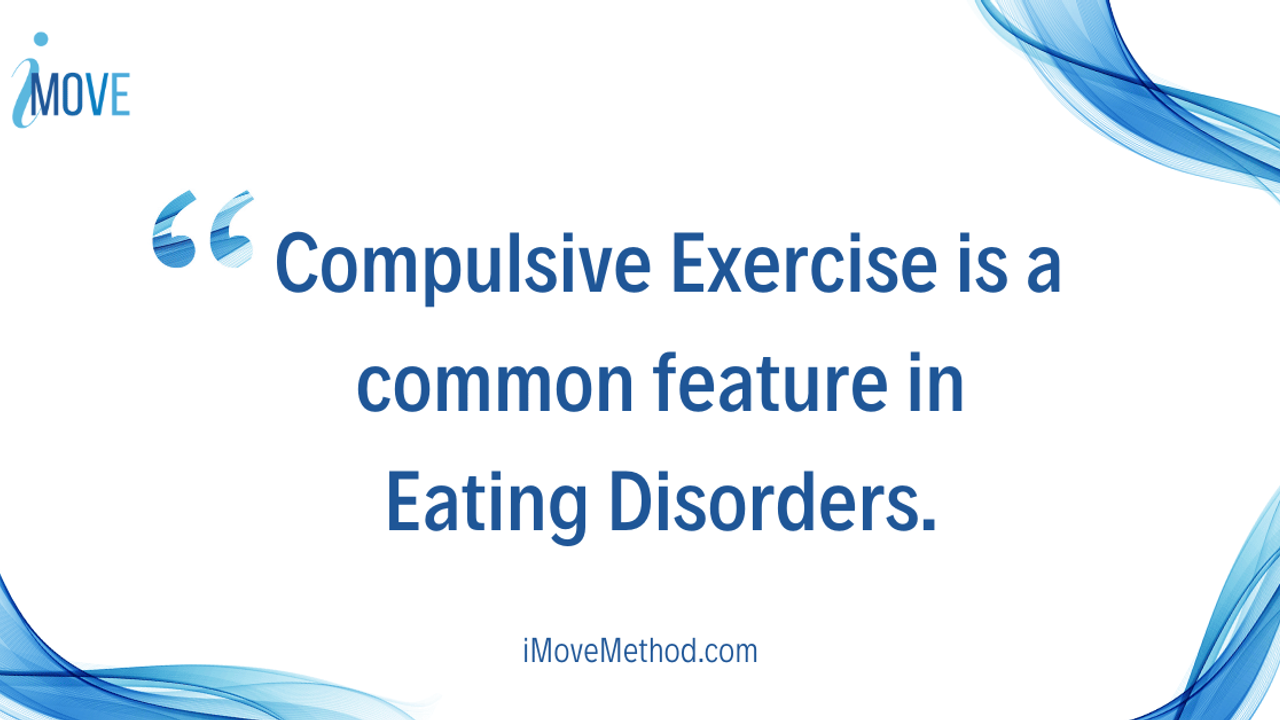What is Compulsive Exercise?
Dec 13, 2022
Compulsive exercise is a common component of eating disorders.
As clinicians working with clients in the eating disorders field, having a better understanding of what compulsive exercise is will help you be able to explore it with your clients to help them heal.
The literature describes compulsive exercise as:
“A highly driven and rigid urge to exercise, combined with a perceived inability to stop exercising, despite awareness of the risk of harm from continued exercise”.*
As clinicians working with clients with eating disorders and disordered eating, when we’re considering what compulsive exercise is, it’s helpful to compare it to beneficial exercise.
This chart below compares these two types of exercise:

Considering these differences above is helpful in determining how to explore exercise with your client.
- How do they describe exercise?
- Is it something that they need to do to be “ok” or is it a way they make up for or punish themselves for what they eat?
- Is it their only coping mechanism?
Compulsive exercise can’t be determined by measuring the quantity of exercise, although that can certainly be part of the equation.
Qualities of dysfunctional exercise include high rigidity, inflexibility, compulsivity, punitive attitude and guilt associated with not being able to exercise.
There are some ways in which compulsive exercise overlaps with addiction.
While exercise is commonly used as an alternative coping behavior for those in recovery, it’s important to identify when it may be offering another way for individuals to avoid and disconnect from life. Endorphins act as a natural opiate.
Similar to other addictions, there’s an intense drive and craving for exercise.
Tolerance to exercise can occur and lead to the need for more exercise to get the same relief. Individuals may experience withdrawal when they stop exercise, manifesting in aches, pains, irritability and anxiety.
Many individuals who struggle with compulsive exercise describe it as a way of escaping and isolating themselves. It’s often done in secrecy.
Additionally, it’s common for individuals struggling with compulsive exercise to put themselves in grave danger by either exercising through injury, in inclement weather and/or without adequate fuel. Craving, tolerance, isolation, risky behavior and withdrawal are all common features of addiction that can present with compulsive exercise.
Compulsive exercise is a common component of eating disorders.
In fact, it’s often the first presenting behavior and the last to go. It can be a precursor to relapse following eating disorder treatment and often goes unexplored in higher levels of eating disorder care.
This is just the first step to having a better understanding of what compulsive exercise is will help you be able to explore it with your clients.

If you want to start helping clients heal from compulsive exercise and have not yet downloaded my free guide with a 3 step process that makes it easier to do this. Get your copy here.
*Teranis L, Touyz S, Meyer C (2011) and Young S et al (2016)

